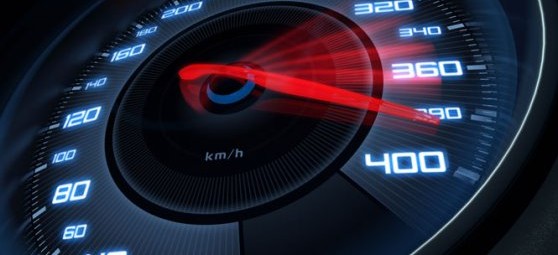How to speed up your WordPress site in 8 simple steps

How to speed up your WordPress site in 8 simple steps
Google requires super fast sites, because users want smooth navigation. At a time when smart phones are democratized, it would be unfortunate to lose customers because of a slow site. Your site’s loading speed is an essential criterion for the user experience of your visitors, but also a crucial point for optimization and SEO.
80% of the loading time of a WordPress site corresponds to the front-end (images, style sheets, JavaScript, Flash, etc.). Reducing the number of elements is the key to maximizing the display speed.
The optimization of a website is made on three points:
- The number of HTTP requests the browser performs on the server to display all the elements of your site;
- The weight of the current page (the home page but also the URLs that receive the most visitors should be optimized);
- The loading time in seconds
A WordPress site that fully loads in less than 5 seconds can give best result.
So what you can do speeding up your WordPress site?
- Performance analysis
Of course, you need measurement tools and performance analysis to compare before and after results of your optimization. First you need to check your site health using a DNS lookup tool. Check your website speed from this free Speedtest tool. And also you have to check and monitor competitor sites before implementing any optimization techniques.
- Change to a good Managed WordPress host
Choose the best WordPress hosting you can afford, which can provide you good speed as well as good support when you need it.
- Compress Pictures
Image compression is easily achievable and you will obtain considerable performance gains. Images of WordPress theme will be charged once for all pages visited (logo, buttons, background etc.
- Compress CSS and JavaScript files
In the same way as for the images, we can compress the CSS and JS. CSS style sheets contain various display properties (colors, fonts, structure, etc.).Without it, the Web does not look like much.
- Use Gzip (server side)
Compress items by the server before sending them to the client
- Cache and compress via .htaccess
Elements can be used cached by the browser to avoid sending unnecessary requests each time a visitor returns to your site.
- Remove unnecessary plugins
Plugins or extensions bring new features to the heart of WordPress. Although they facilitate a large number of technical operations for the beginner, the fact remains that many of them are poorly written and poorly optimized.
8. Use a CDN Network
Using a CDN network like CloudFlare can help allot. CloudFlare’s CDN reduces hops and lowers latency. On average, a request is fewer than 10 hops and takes less than 30ms. The result? A super fast website always from any location. All our Managed WordPress hosting plans include for free CloudFlare CDN.
Follow all these steps and take action immediately to speed up your WordPress site. Power WP is the WordPress hosting provider than can help you speed up and optimizing your WordPress site easy.